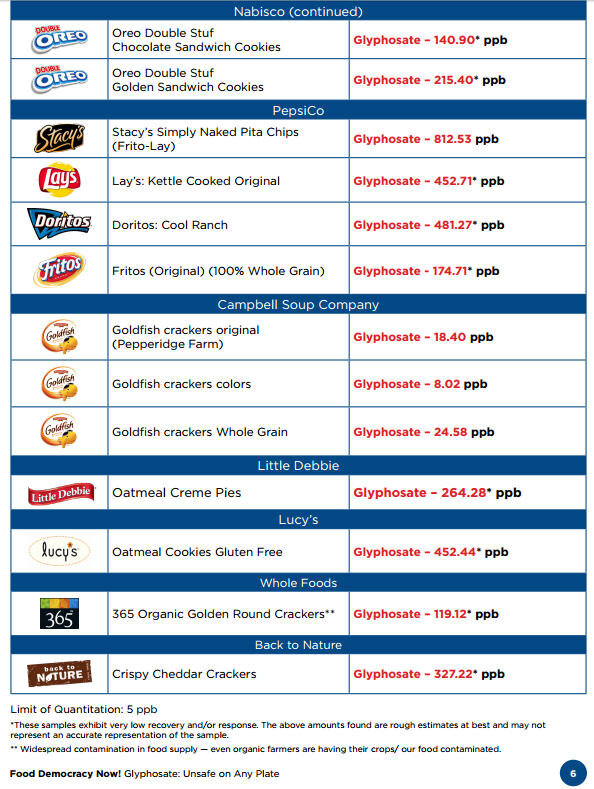Dr. Zach Bush, and other doctors like Dr. Daphne Miller, have been loud advocates about the healing quality of nutrient dense foods.
Dr. Zach Bush has produced a short film, Farmer’s Footprint, highlighting the need for a change at how we’re producing our food.
Dr. Daphne Miller has written a fabulous book, Farmacology, telling her story about how she discovered how food can heal.
Why is this so important?
According to Dr. Zach Bush, 46% of our children have a chronic disease today, compared to 4% in the 1960’s, here in the US.
I don’t know about you, but knowing that just under 50% of our children are sick, and these are our future leaders, parents, and workers, motivates me to keep producing cleaner, more nutrient dense food so that you can feed your children and grandchildren food that is medicine!
We can reverse this trend!
The food that you put on the dining room table (and yes, we should spend more time around the dining room table rather than eating on the run or in front of the TV- its quality time to be together as a family and to have a conversation) can reverse many of the chronic illnesses our children are experiencing.
Why is the food we eat important?
You don’t have to be a rocket scientist to know that without food, our bodies cannot function properly. Our bodies receive the minerals, micro and macro nutrients from the food we eat.
“Over the last 40 years, the trends of farming practices, together with the increase in processed foods (anything from a box or ready made), has produced for the first time in history, a nutrient-deprived, calorie rich food system that has been scaled to feed the majority of the developed world. Production of staple crops that lack the fundamental building blocks of biological life, and are devoid of the medicinal components of those plants that have been the basis for healthy plants and animal/human consumers.”
When our body isn’t receiving the minerals and nutrients it needs to function properly, then the resulting dysfunctions will become visible in the form of chronic diseases.
The food we’re eating today from the fast food chains and from the center aisles in the grocery stores, do not have the minerals and nutrients that our grandparents ate. Additionally, many of the foods we’re eating are laden with chemicals, whether from how they were grown or how they are being preserved.
If you’ve ever made a loaf of bread from scratch and left it on the counter for a week, you’d have noticed that it quickly became a science experiment of how to grow bacteria. How come the bread in the grocery store can stay out on the shelf and/or counter and never grow bacteria?
Recent data shows the correlation between the deterioration in the health of our soils and crops, which produces our food, and the rise in chronic disease.
So changing the food that we’re ingesting into our body to food that is nutrient dense and free of any chemicals will provide our bodies with the minerals and nutrients it has been deprived of, and thereby allowing our bodies to function as they it was designed to do, and reducing the chronic illnesses.
Change is always hard. I’ve tried to change many things throughout my life, and have failed at many of these attempts.
The ONLY TIME I’ve changed something was when I was CONVICTED to change. So start with Step One!
Educate yourself on the relationship between food and health. My recommendations are:
Read Dr. Miller’s, Farmacology
Check out Dr. Axe’s website, www.draxe.com
Check out Dr. Joseph Mercola’s website, www.mercola.com
Read Sally Fallon’s Nourishing Traditions, a traditional foods cookbook
Check out Weston A Price Foundation’s website, www.westonaprice.org
Find your local naturopath and discuss current medications and their side effects, and ask for recommendations on other treatments
We’ve all started the New Year with lofty resolutions to accomplish/change/implement a goal only to see our progress wane by Valentine’s Day or by Memorial Day! Personally, the only goals I’ve successfully met are those that required small changes to start with.
If most of your meals are from a fast food chain, make it a goal to eat a homemade meal once a week. A weekend meal will give you more time at home to prepare it.
If you’re eating out because you don’t know how to cook from scratch, pick an easy meal to learn how to make and make it a goal to learn and prepare it once a week.
Scrambled eggs and bacon are easy
Grilled steaks with a salad is easy to put together
Grilled chicken breasts and mashed potatoes is a simple and easy meal
If you’re already cooking from scratch, instead of purchasing your items from a grocery store, find a local farmers market or farmer to purchase your items.
A community supported agriculture (CSA) farm will provide you with seasonal, local vegetables
Find a local rancher to purchase your meats from.
Find a nutritionist to work with you on what a balanced diet looks like
Eliminate one item from the diet for a month
Eliminate candy and instead provide healthy snacks (nuts, fruits, vegetables)
Eliminate sodas. Try carbonated water instead
Eliminate carbohydrates (bread, pasta, chips)
Cut portion size by half
Don’t eat anything after 7-8 pm. Let the body ‘fast’ for the night
Only eat if when its hunger. Learn to decipher if it’s hunger versus craving/filling in a void (ie. need vs want)
We’re not going to stick with a change if we don’t notice the results! Nobody likes to diet to get on a scale to see that the needle hasn’t moved.
After you implement the change:
Do you or family members have more or less energy?
Do you or family members sleep better or worse?
Do you or family members still feel hungry an hour after the meal?
Do you or family members have brain fog after the meal?
Do you or family members have digestive issues and did they improve or get worse?
Do you or family members notice any change in your illness’ symptoms?
From personal experience, once I realized how my body was supposed to function versus its dysfunction, I could tell immediately when I ate something that I shouldn’t!
The same thing happened with my daughter with her asthma! When she ate something that had soy in it, she would start wheezing within hours. It made her think twice before she ate it again!
Once we start to see and feel our bodies work as they were designed to, eating the healthier, nutrient dense food becomes a priority, and a need! It feels so great to feel good!
Summarizing, the nutrient deficient food we’re eating is causing our bodies to work dysfunctionally triggering chronic illness symptoms. When we eat nutrient dense, chemical free food, our bodies are able to absorb the minerals and micro and macro nutrients it needs to function as it should.





















